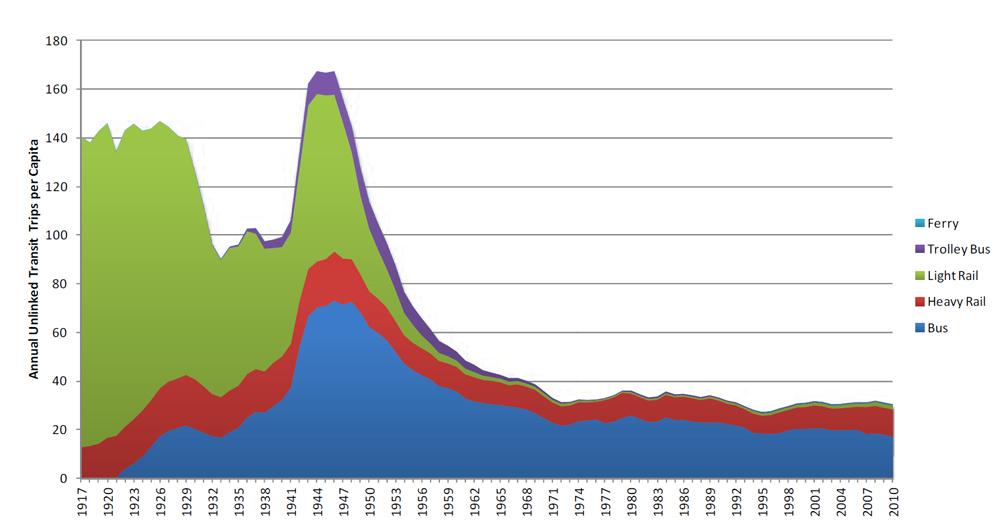- Grade-separated
- Overpass/viaduct/elevated structure
- Underpass/tunnel/escavation
- Level-crossing
- Time separated
- Railroad Gates
- Traffic Signal
- A metro is a system where both the running way and crossings are grade-separated.
- A pre-metro is a system (or line) where only the crossings are grade separated.
- 'Rapid Rail' is the pupae form between metro and pre-metro, where the most urban sections have all their right of way grade separated. The M/ART systems did this.
Both tend to be heavy rail systems. Or rather, heavy rail systems tend to be either metros. While its well known that 'you can't steer a train', it's less well known 'You can't stop a train' (at least in any reasonable period of time. Ie, if you park a vehicle on the tracks, by the time the driver sees it, it is too late to stop. "With so much steel and steam, I won't slow it down at all". This has been the cause of a number of memorable train crashes, and much conductor trauma.
And that is the problem with level crossings. Grade-separated crossings remove the 'conflict' between things, with certainty, but are costly to construct. (They have to be able to support a bridge filled with full-loaded semi-trailer trucks, while never exceeding a 5% grade, and being as wide as the roads leading to them).
Level crossings are much much less safe. Rather than being grade-separated, they are time-separated. When two moving vehicles could be in the same place, this is known as a 'conflict'. When two vehicles attempt to be in the same place, this is known as a 'crash'. Playing 'chicken' with a train ends badly--the train is never going to swerve. Yet drivers managed to run red-lights, and drive around lowered freeway gates with depressing frequency. (It is rare for the driver to survive).

